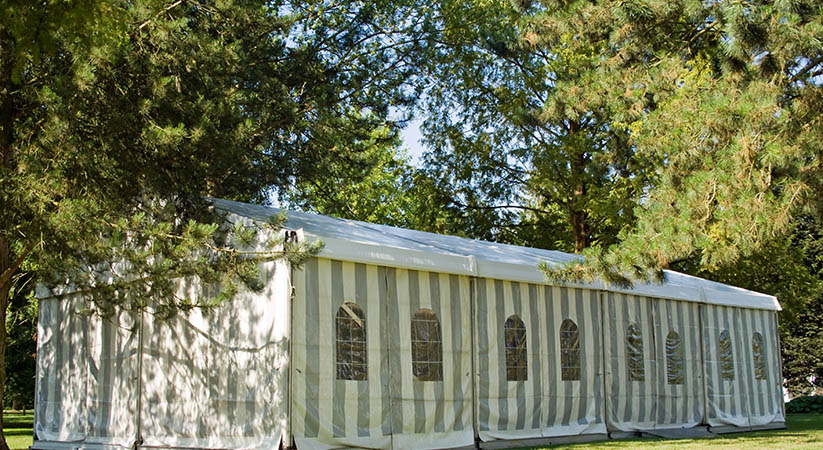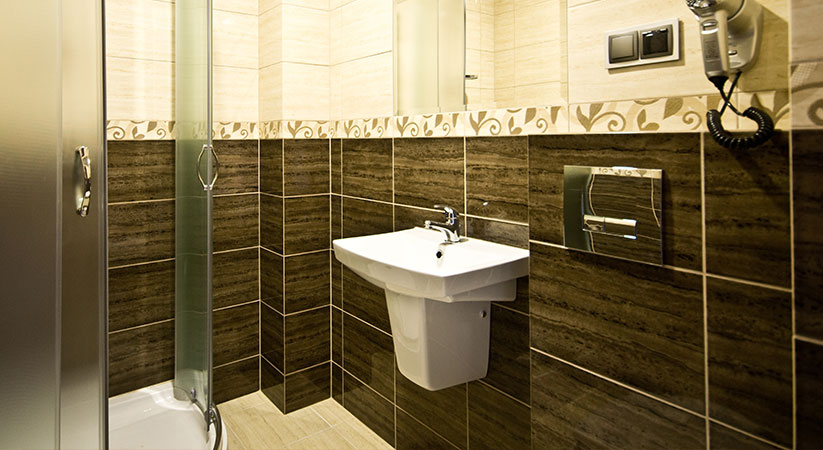Herniated disc, refers to the problems with one of the rubbery cushions (discs) that are stacked between the vertebral column bones that form the spinal cord. It is also called slipped disk by spine and back doctors.
A herniated disc is when the soft jelly like nucleus becomes displaced from its original central position. The soft nucleus becomes impinged between the sharp bony surfaces of the back bones, leading to symptoms of a herniated disc.
In this article we will be discussing on how to identify a possible herniated disc, what are the symptoms you should look out for and what are the risk factors that make you most vulnerable to developing the condition.
Symptoms of Herniated Disk
Most commonly herniated discs occur in the lower lumbar region, although herniated discs have been observed in the neck and upper back region as well, albeit rare.
Signs and symptoms depend on the location of the disc involved and the area of nerve supply. Symptoms are usually unilateral and involve one region.
Arm or Leg Pain
Most commonly, a herniated disc in the lower back region will cause a dull pain in the legs, calf and buttock area. Some people may experience foot pain as well. Similarly, a herniated disc in the neck will cause pain in the shoulder and hands. Pain is often described as sharp and aching, dull in character and may increase in intensity on certain actions such as sneezing, coughing or lying in different postures. Pain often radiates to surrounding regions.
Numbness or Tingling
Some people may experience numbness or tingling sensation in some parts of the body affected by the pain.
Weakness
Rarely, some people may experience difficulty in performing routine activities or might stumble walking or climbing stairs. This occurs due to loss of the nerve supply of certain muscles due to the herniation.
Causes of Herniated Disk
Disc herniation is the result of a gradual but inevitable process of age related wear and tear. As we age, our bones and spinal discs become more prone to damage even with minor strains or twisting. This process is known as disc degeneration.
Other times, herniation results due to excessive spinal twisting and turning, as a consequence of lifting heavy items, incorrect posture habits and traumatic events that lead to a spinal injury.
Risk Factors
Factors that increase your likelihood of developing a herniated disc include:
Weight: Excessive body fat can lead to increased stress on your lower back region.
Occupation: People who are in physically challenging careers are at an increased risk of developing this condition. Excessive usage of back muscles when lifting heavy objects can cause back strain. Increased bending and moving sideways while lifting heavy objects can severely affect the spine.
Smoking: Without a doubt, smoking is the no.1 cause of most health conditions. It is thought that cigarette smoking can weaken the structure of the disc making it highly prone to herniation.
Genetics: Though seen rarely, a subset of patients tend to be genetically susceptible on inheriting the condition. This may be due to a genetic weakness in the structure of the disc making it prone to herniation.
Diagnosis of Herniated Disk
Once you begin to notice the signs, you should immediately schedule a doctor’s appointment. In most cases, a simple physical exam at the physician’s clinic can help you confirm the diagnosis. In some cases, the doctor might want to exactly pinpoint the nerve damage and the area inflicted by the nerve impingement, in which some additional diagnostic tests may be conducted:
X-RAY
A simple x-ray cannot show the herniated disc, but doctors will advise this to rule out other possibilities of back pain, such as a fracture or a possible tumor.
C.T SCAN
A C.T scan takes several x-rays from each angle of your back so the surrounding structures can be visually assessed in detail.
MRI
MRI scan is the investigation of choice in herniated discs opted by various back pain specialists McLean. MRI scans can take high resolution 3D images of the spinal cord and can pinpoint the exact location of the herniated disc and the affected nerve.









